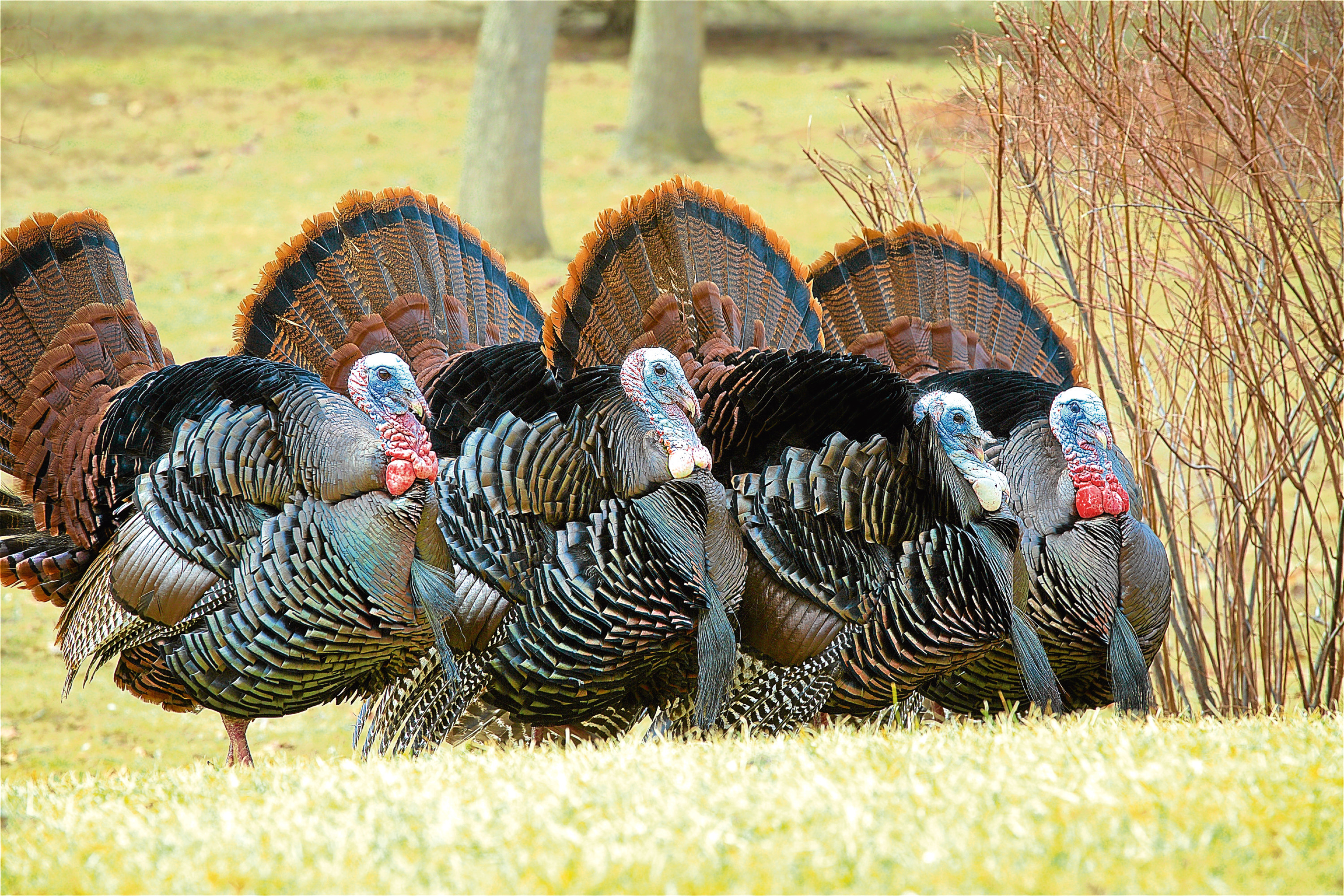
PERHAPS it’s because turkeys know what we do at Christmas, or maybe it’s revenge for being nearly wiped out in parts of America in the 1800s.
But boy, are they getting a bit wild!
On the streets of Boston and other parts of Massachusetts, turkeys have been attacking men, women and children.
Police report that the number of wild turkey incidents has risen dramatically in the past 12 months, with attacks on people going through the roof.
Wild turkeys were once the bosses of forests, but in recent years, seem to have got a taste for city living in Massachusetts.
This is partly because there is better foraging to be found in towns than deep in the woods, and as the turkeys have got used to being close to people, they have lost their fear.
Turkeys easily lose perspective, and forget they are arguing with or confronting humans, not other turkeys.
They strut around the streets, pecking aggressively at anything shiny, go right up to people’s front doors and don’t take kindly to being shooed away.
It should be noted that wild turkeys are much bigger, stronger, faster and more hostile than the ones we tuck into at the end of the year, and often seem to view attacking humans as a way to move up the social pecking order!
Wild turkey behavioural experts say some of these creatures will view certain humans as subordinates and will therefore seek to dominate them.
This type of behaviour is more pronounced in the breeding season.
They reckon the best way to respond is not to use violence yourself, but to wave your arms in the air, run around and “yell like a weirdo”.
When the turkeys come into the cities for food, they see people as competitors, so they are trying to scare us off.
Alas, Massachusetts police are forbidden from simply moving on the culprits, but in almost 140 recent cases, five of the turkeys actually had to be shot because their aggression was so out of control.
In 2013, there was also a highly-publicised case of a so-called “deranged turkey”, which terrorised a whole school in Brookline.
One resident spoke of being cornered by wild turkeys and feeling decidedly threatened, but the irony is, other humans are being partly blamed for this.
Some leave food out for the turkeys, especially during the cold winter months, but this encourages them to think of the neighbourhoods as home.
Next thing you know, they see you as an intruder, trying to pinch the food, and the feathers fly.
The best advice is to not feed them and step forward confidently towards them if they approach, as this tells them you are anything but subordinate.
Personally, we’d run for the hills…

Enjoy the convenience of having The Sunday Post delivered as a digital ePaper straight to your smartphone, tablet or computer.
Subscribe for only £5.49 a month and enjoy all the benefits of the printed paper as a digital replica.
Subscribe